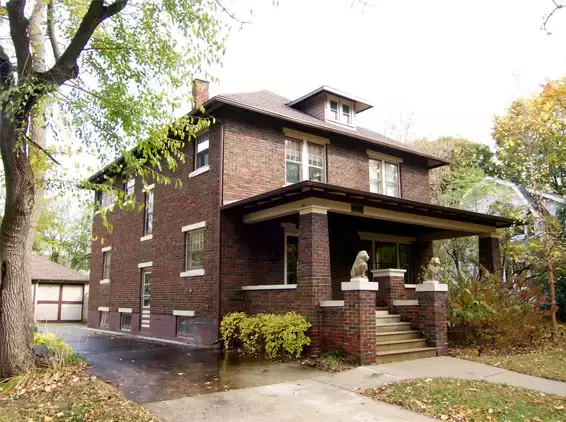Weather in Fargo ND

Fargo, North Dakota is a city located in the northern United States, known for its harsh winter climate and extreme weather patterns. Situated in the Great Plains region of the country, Fargo experiences a continental climate, which means it has four distinct seasons and is prone to severe weather conditions.
Winter is the longest season in Fargo, typically lasting from November to March. During this time, temperatures can drop to well below freezing, with average lows hovering around -5°F (-20°C) and occasional wind chills reaching -30°F (-34°C) or lower. Snowfall is also common, with an average of 50 inches (127 cm) per year. The city is equipped to handle heavy snowfall, but residents and visitors should be prepared for potentially hazardous driving conditions.
Spring in Fargo is often short-lived, with temperatures quickly rising from the frigid winter lows to more mild temperatures in the 40s and 50s°F (4-12°C). However, the transition can be tumultuous, with frequent bouts of precipitation, including rain, sleet, and snow. Flooding can also be a concern during the spring months due to melting snow and heavy rainfall.
Summer in Fargo is brief but enjoyable, with temperatures averaging in the 70s and 80s°F (21-27°C). However, humidity levels can be high, making it feel warmer than it actually is. Thunderstorms are common during the summer months, and tornadoes are a possibility as well. Visitors should be aware of potential severe weather warnings and take appropriate precautions.
Fall in Fargo is often characterized by mild temperatures and vibrant foliage, with temperatures ranging from the 30s to the 60s°F (-1-16°C). However, like spring, fall weather can be unpredictable, with occasional snowfall and cold snaps interrupting the otherwise pleasant weather.
In summary, the weather in Fargo, ND can be extreme and unpredictable, with harsh winters and the potential for severe weather during other seasons,
GET MORE INFORMATION





